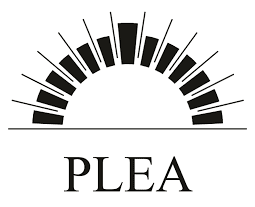In the Netherlands and most European countries it is usually not the Facility Manager who is in charge of the indoor climate and energy use of a building. This task is usually delegated to a technical service manager or sup-plier. This may seem logical because they both have their own specialism but in this case, the specialism’s are so far apart that the common interest of adding value through an optimal indoor climate, a low energy use and low exploitation costs is insufficiently served. This add-ed value can be measured in customer satisfaction, in terms of indoor climate and comfort, low absenteeism, higher production rates, low maintenance on HVAC systems and low energy consumption. Unfortunately, this added value is often not created and facility manag-er and technical manager do not work together, resulting in a poor indoor climate and high energy bills.
This paper presents the results of a qualitative research on the control of offices and educational buildings by the facility manager and technical manager, usually an installer. Daily practice is analyzed for a number of cases and complaints mismatches, actual indoor air quality, energy use and interventions are identified and analyzed. Best and worst practices are explained. The analysis also provides an integral model that covers the housings life cycle of the organization; design, imple-mentation, monitoring and adjustment of room usage and indoor climate. Finally recommendations are made for designers, builders and managers of HVAC systems and building management systems with attention for the necessary communication between technical and less technical administrators, such as facility managers.
Building Management for a Good Indoor Climate and Low Energy Use: How much coordination is needed between facility manager and technical manager?
This entry was posted in Conference Paper. Bookmark the permalink.

